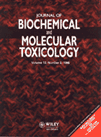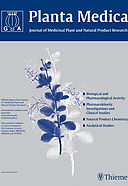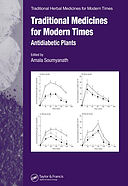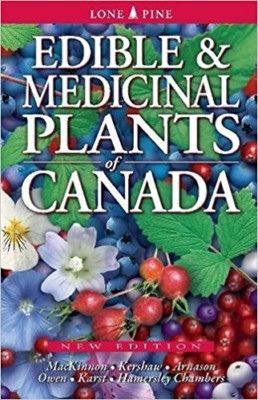M.H. Fraser, A. Cuerrier, P.S. Haddad, J.T. Arnason, P.L. Owen, T. Johns
Canadian Journal of Physiology and Pharmacology 85(11): 1200-14 (2007)
Traditional medicines (TM) used to treat symptoms of diabetes by two Cree communities were assessed for their free radical scavenging activity using the stable 1,1-diphenyl-2-picrylhydrazyl radical, and their ability to protect human low-density lipoprotein from Cu2+-mediated oxidation by measuring lag time before the appearance of conjugated dienes and formation of thiobarbituric acid-reactive substances. Water-soluble phenolic content was also measured. A total of 20 medicinal plants from Whapmagoostui and 16 from Mistissini were compared with 16 extracts of plants that were not used medicinally. Medicinal plant extracts, particularly those from Larix laricina, displayed high antioxidant activity, comparable with ascorbic acid, Trolox, and the known antioxidant flavonoids quercetin, epicatechin, catechin. Extracts of Pinaceae and Ericaceae contained the highest levels of phenolics. Factors such as season and area of plant collection, as well as the plant part from which the extract was derived, affected antioxidantactivity. Positive correlations were found between the established traditional knowledge of Cree Elders and Healers and the antioxidant activity formedicinal plants used in Mistissini (r = 0.3134; p = 0.058) and in Whapmagoostui (r = 0.5165; p = 0.001). Significant correlations between phenolic content were also seen with the existing ethnobotanical data (r = 0.5015; p = 0.003) and bioassays (r = 0.4178; p = 0.003). These results indicate that a clear majority of plants used by the Cree are excellent sources of antioxidants.
